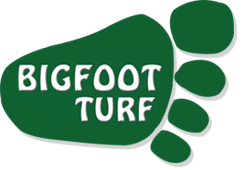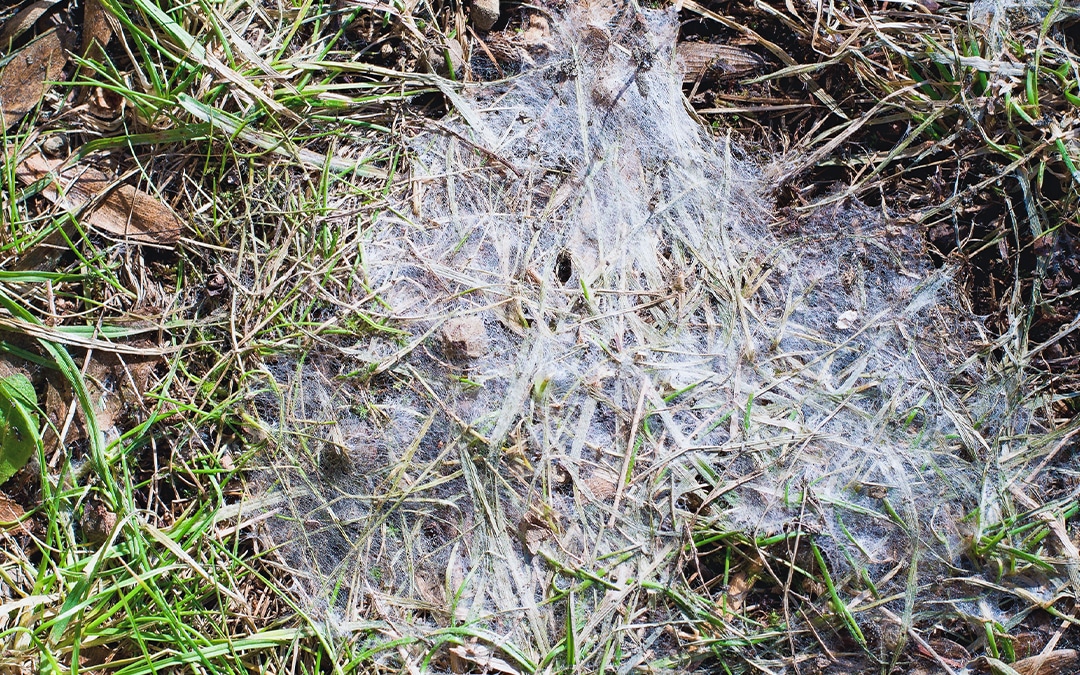Snow mold is a type of fungus and a turf disease that damages or kills grass after snow melts, typically in late winter in Colorado. It causes patches of discolored grass that likely won’t heal until the weather warms up in the summer or fall.
There are many things you can do to prevent snow mold. Here are our top tips, so you can keep your lawn healthy through the winter.
Dethatch Your Lawn
Dethatch lawns with a thatch rake. The best way to control thatch is to rake it away two or three times a year, during your lawn’s active growing period in summer and in fall.
Rake Fallen Leaves
Fall leaves often present the perfect opportunity for mold growth because they become soggy once frost starts to form on the lawn. You will want to rake up dry leaves before they decompose on the lawn.
Don’t Pile Snow
Large piles of snow created by shoveling your driveway and sidewalks increase the risk of snow mold. In spring, these drifts and piles melt more slowly, saturating the soil beneath and causing snow mold. Don’t pile the shoveled snow all in one place to prevent the snow-melting piles.
Avoid Fertilizing Before Snow
Don’t fertilize within six weeks of the first snowfall in your area to allow your lawn to become dry and dehydrated. This helps prevent the growth of snow mold.
Fill in Low Spots
Low areas in the lawn hold water and are prime locations for snow mold. Snow mold will develop within that soggy grass, so you will want to keep an eye on any spots in your lawn that tend to hold water after heavy rain. Fill these spots in with dirt, so they don’t create a puddle.
At Bigfoot Turf, we take pride in being able to quickly and effectively help you with your commercial lawn, residential lawn or athletic field all year round, so please contact us if you have any questions!

